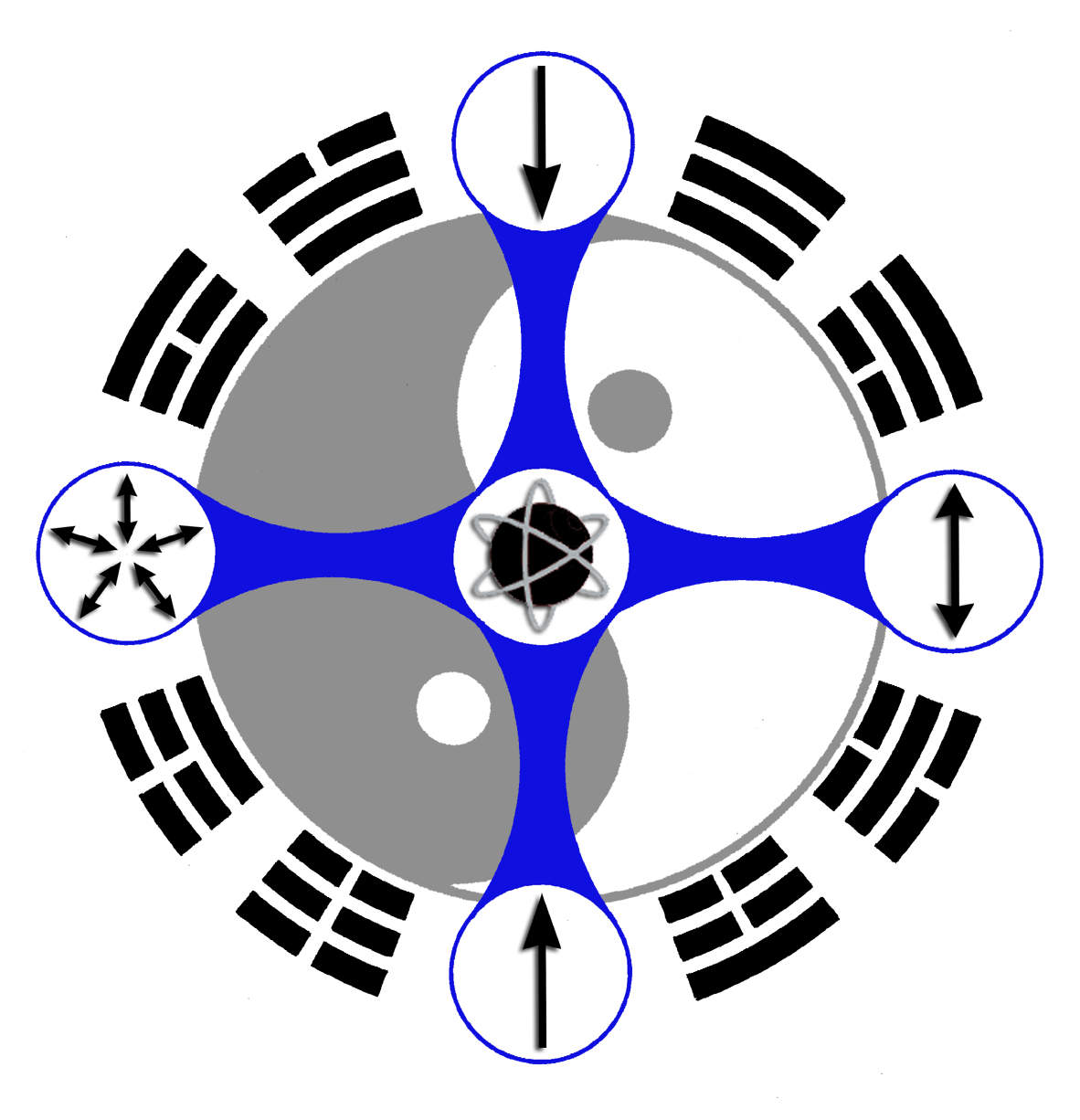IN THE PURSUIT OF WU WEI: PART 2
See Part 1: Origins of the Water Method
PART 2: What Is Wu Wei?
Wu wei is often described as “doing without doing”, but what does that really mean? How can you do something without doing it? This misunderstanding is generally due to scholars outside the tradition translating Chinese characters into English, and studying Taoism from an outsider’s perspective. A lot of nonsensical mumbo jumble has been perpetuated around the West in books and even schools as a result of diluted teachings that lack a connection to the source material. Other nonsensical translations include “action of non-action”, “non-doing” or “non-action”, which all revolve around a total misunderstanding of the meaning of this deep and profound state of being.
A better translation would be “achieving without effort”. Effortlessness results from adhering to the foundational principle of water, following the path of least resistance, for someone who has truly followed the Water Method. Allan Watts alluded to it in his philosophical work, The Watercourse Way (1975 Pantheon).
So how does one achieve without effort?
Surely some effort has to be exerted in order to achieve anything. If we follow modern Western ways, nothing can be achieved without excessive effort! The experience of wu wei cannot be fully grasped through intellectual understanding alone, and must be cultivated through copious practice over time. Imagine learning a new movement. In the beginning, the motion is clunky, awkward and lacks flow. After a while, you find you can smooth it out, make it more fluid, and if you keep practising, your body’s resistances and tensions can begin to dissipate.
Taoist Principles
Continuing to refine your movements while adhering to the principles of the Water Method can be done by paying special attention to the following:
The Rule of Thirds
Circularity
Following the Path of Least Resistance
Creating Whole-body Balance
Separate and Combine.
As your movements require less and less effort, you can sink into a space of ease, comfort and effortlessness. It is here that you can gain your first glimpse of wu wei – a sense of being at one with yourself and the flow of the cosmos. Wu wei is a place where all and everything inside of you feels at ease with the world, where everything feels perfect just the way it is.
Unfortunately, our first glimpses of this perfect state are all too superficial and brief – something comes in and pulls you out and back into the realm of duality, of opposites and opposing forces – yin and yang. When you practise, you have a goal and it is the drive towards that goal that engages a push or force mentality. Losing the attachment to reach the goal allows you to become relaxed about your practice, but that can also devolve into laziness. Consistency prevents laziness – consistently practising with the intent to improve, without the attachment to achieve a goal per se. This is a major part of cultivating the right training attitude and sets up the conditions necessary to sink deeper into yourself. This process opens up your awareness and can enable you to meld with the natural environment, the cosmic forces around you, that which propels you towards wu wei.
The example of learning a new movement is a practical example to get you on the road. In truth, it is not only attachments to physical practice goals that can be problematic and need to be released. You must let go of emotional and mental attachments, and sink in deeper to release more profound psychic and casual (karmic) bindings in order to truly experience wu wei. Taoist practices start with the physical body and move deeper in and further out through the layers of the eight energy bodies, until all that is stuck, bound and rigid in ourselves is cleared out – all the way down to our essence. Once at that level, the full and total experience of wu wei is possible. All the time you carry major blockages in any of your first seven energy bodies, you will not be at one with the cosmos, or be able to synchronize with universal law and fully merge with the true state of wu wei.
Consistency without Desire
Continuing daily practice for the sake of practice, of cultivating a relationship with yourself, without the desire to achieve an external result, is ultimately where Old Taoism’s moving and stillness practices can be a method for recognising and becoming aware of all and everything. When you release the need to do and yet experience the sense of freedom of freely flowing with doing, wu wei can emerge and propel you into realms of understanding and practice that you might never have imagined possible.
